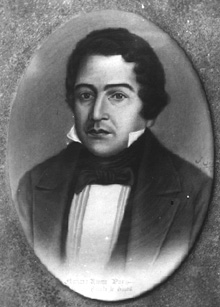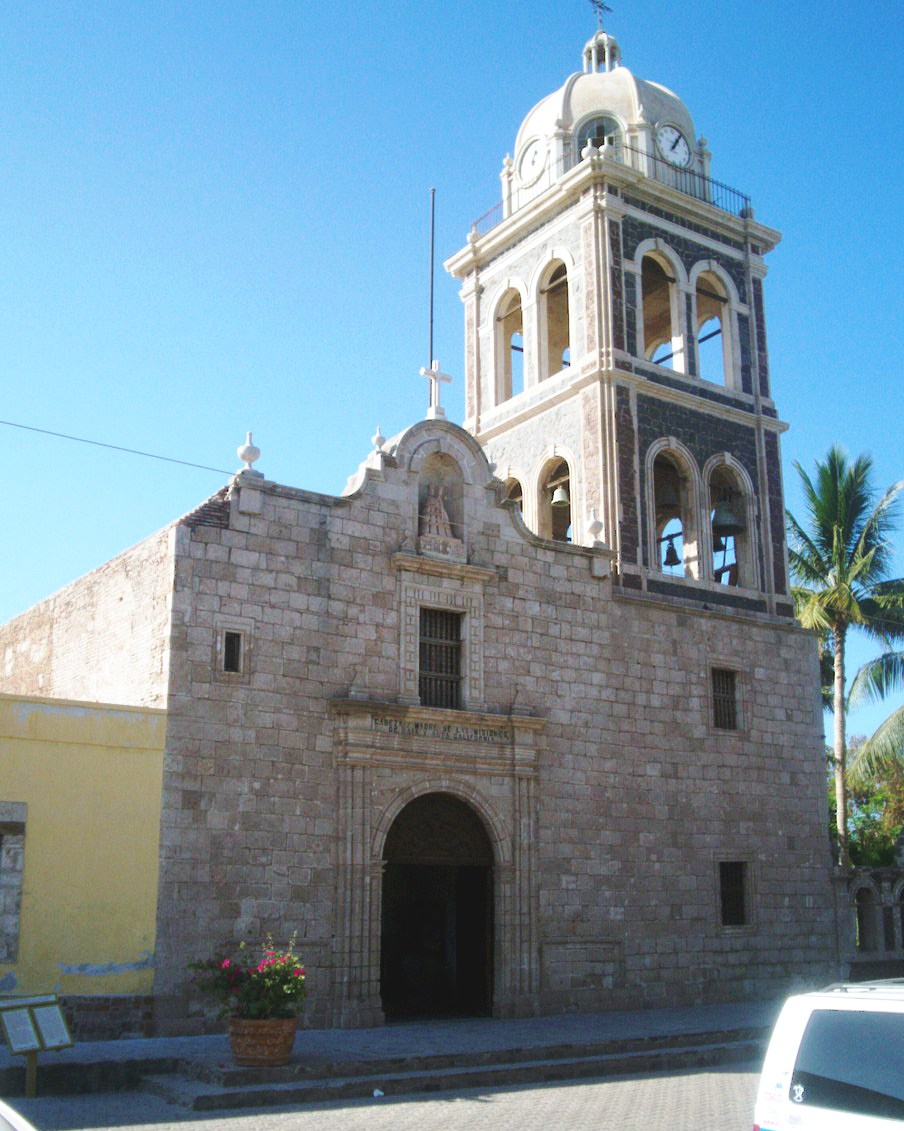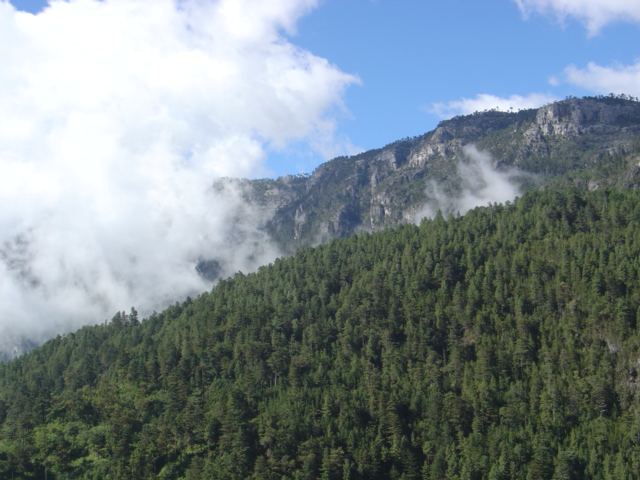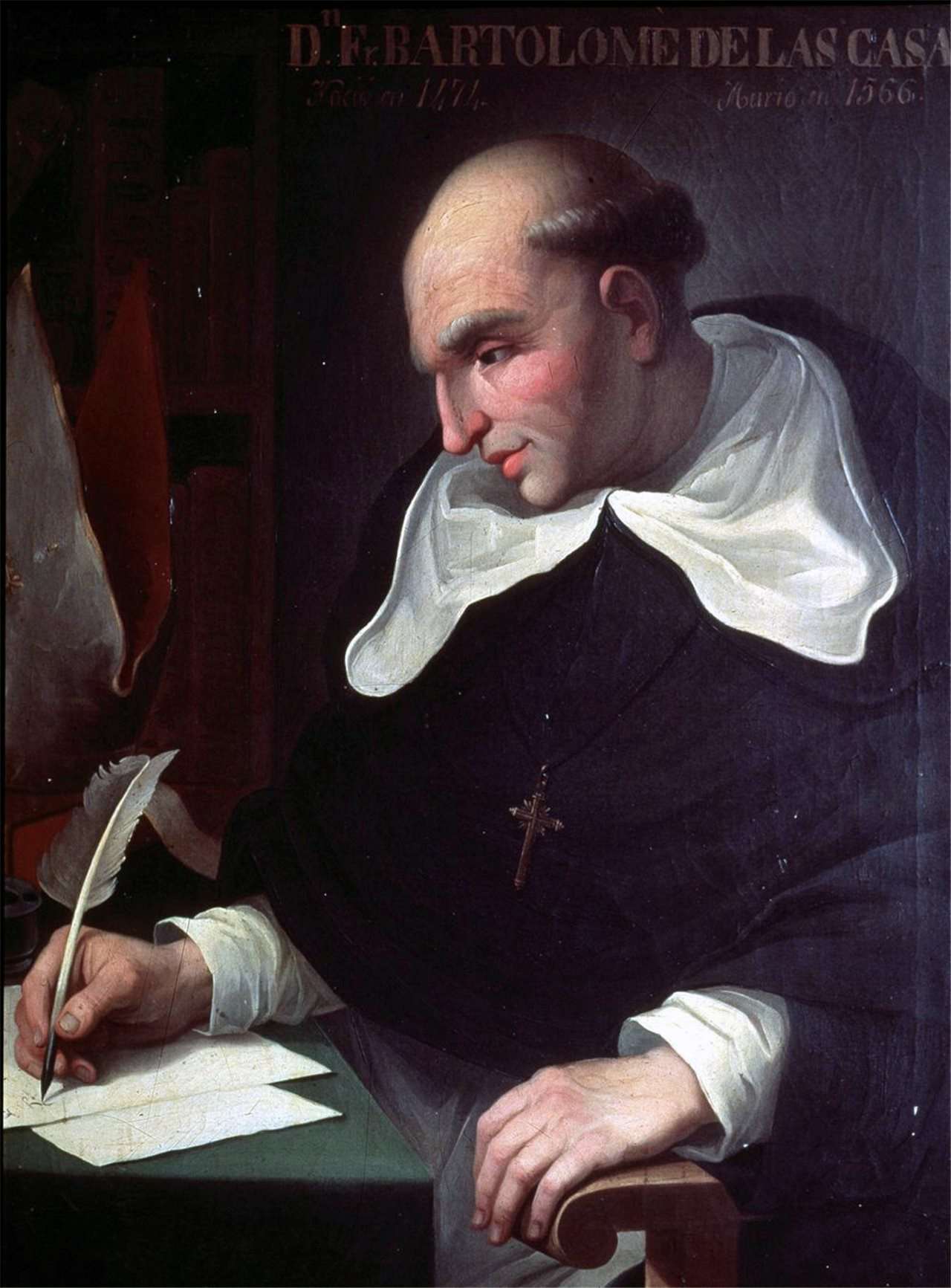|
Amatitlán Department
The Amatitlán Department was one of the original departments of the Republic of Guatemala when it was created in 1839 as an independent district by governor Mariano Rivera Paz and then elevated to the category of department by conservative president Vicente Cerna y Cerna in 1866. It was abolished by general Jorge Ubico in 1935 and its municipalities were split between the Guatemala and Escuintla departments. It was formed by the modern municipalities of Amatitlán, Villa Nueva, Palín, Villa Canales and San Miguel Petapa. History Monastery and doctrine of Order of Preachers After the conquest, the Spanish crown focused on the Catholic indoctrination of the natives. Human settlements founded by royal missionaries in the New World were called "Indian doctrines" or simply "doctrines". Originally, friars had only temporary missions: teach the Catholic faith to the natives, and then transfer the settlements to secular parishes, just like the ones that existed in Spain at th ... [...More Info...] [...Related Items...] OR: [Wikipedia] [Google] [Baidu] |
Amatitlán
Amatitlán () is a town, with a population of 98,176 (2018 census), Population of cities & towns in Guatemala and a municipality in the Guatemala department of Guatemala. History Monastery and doctrine of Order of Preachers  After the conquest, the Spanish crown focused on the Catholic indoctrination of the natives. Human settlements founded by royal missionaries in the New World were called "Ind ...
After the conquest, the Spanish crown focused on the Catholic indoctrination of the natives. Human settlements founded by royal missionaries in the New World were called "Ind ...
[...More Info...] [...Related Items...] OR: [Wikipedia] [Google] [Baidu] |
Palín, Escuintla
Palín is a municipality in the Escuintla department of Guatemala. The town of Palín, which is the municipal seat, is located on the foothills of the Sierra Madre volcanic chain, south of Guatemala City. History According to the ancient oral tradition, Palín was settled by the Spanish conquistadores on 30 July 1535, although there is not any written documentation on the exact date that would have taken place. There is, though, a property title from 1751, that references the loss of the original document of the foundation of San Cristóbal Palín. Monastery and doctrine of Order of Preachers After the Spanish conquest of Guatemala, the Spanish crown focused on the Catholic indoctrination of the natives. Human settlements founded by royal missionaries in the New World were called "Indian doctrines" or simply "doctrines". Originally, friars had only temporary missions: teach the Catholic faith to the natives, and then transfer the settlements to secular parishes, just li ... [...More Info...] [...Related Items...] OR: [Wikipedia] [Google] [Baidu] |
San Juan Sacatepéquez
San Juan Sacatepéquez () is a city, with a population of 155,965 (2018 census) Population of the major cities in Guatemala making it the eighth largest in Guatemala, and a in the of Guatemala, northwest of . The city is known for flower-growing and wooden furniture. Histor ...
|
Sumpango, Sacatepéquez
Sumpango is a town, with a population of 28,488 (2018 census), and a municipality in the Guatemalan department of Sacatepéquez. History In the 1540s, bishop Francisco Marroquín split the ecclesiastical administration of the central valley of Guatemala between the Order of Preachers and the Franciscans, assigning Sumpango's curato to the former. In 1638, the Dominicans separated their large doctrines in groups revolving around six convents: Ecclesiastic historian Domingo Juarros wrote that in 1754, by virtue of a royal order of the enlightened absolutism of king Carlos III all curatos and doctrines of the regular clergy were moved on to the secular clergy In Christianity, the term secular clergy refers to deacons and priests who are not monastics or otherwise members of religious life. A secular priest (sometimes known as a diocesan priest) is a priest who commits themselves to a certain geogra .... Giant kite festival Sumpango's Festival, also known as the " ... [...More Info...] [...Related Items...] OR: [Wikipedia] [Google] [Baidu] |
Jocotenango
Jocotenango (alternate: Xocotenango; translation from Kaqchikel: "place of many plums") is a town and small municipality in the northeast section of Guatemalan department of Sacatepéquez, and is situated north of Antigua Guatemala. It has seven zones, two villages, and one hamlet. According to the 2018 census, the municipality has a total population of 21,657 of which 1,680 are native population and the balance are non-indigenous; and approximately 19,280 live in an urban area, while the balance are rural dwellers. Jocotenango is the birthplace of multi Grammy Award-winning singer and songwriter Ricardo Arjona. History Jocotenango was initially an agricultural field, set up after the Spanish conquest by Adelantado, Pedro de Alvarado, as it was specified in his will, which read: "Called the lords and principals of the town that he had assigned to him, and ask that each one of them give him a certain number of families, and with them he created that settlement; he freed them and ... [...More Info...] [...Related Items...] OR: [Wikipedia] [Google] [Baidu] |
Chimaltenango, Chimaltenango
Chimaltenango is a city in Guatemala with a population of 96,985 (2018 census). Population of cities & towns in Guatemala It serves as both the capital of the of Chimaltenango and the municipal seat for the surrounding municipality of the same name. Chimaltenango stands some west of Guatemala City, on the [...More Info...] [...Related Items...] OR: [Wikipedia] [Google] [Baidu] |
Regular Clergy
Regular clergy, or just regulars, are clerics in the Catholic Church who follow a rule () of life, and are therefore also members of religious institutes. Secular clergy are clerics who are not bound by a rule of life. Terminology and history The observance of the Rule of St. Benedict procured for Benedictine monks at an early period the name of "regulars". The Council of Verneuil (755) so refers to them in its third canon, and in its eleventh canon speaks of the "ordo regularis" as opposed to the "ordo canonicus", formed by the canons who lived under the bishop according to the canonical regulations. There was question also of a "regula canonicorum", or "regula canonica", especially after the extension of the rule which Chrodegang, Bishop of Metz, had drawn up from the sacred canons (766). And when the canons were divided into two classes in the eleventh century, it was natural to call those who added religious poverty to their common life regulars, and those who gave up the c ... [...More Info...] [...Related Items...] OR: [Wikipedia] [Google] [Baidu] |
Catholicism
The Catholic Church, also known as the Roman Catholic Church, is the largest Christian church, with 1.3 billion baptized Catholics worldwide . It is among the world's oldest and largest international institutions, and has played a prominent role in the history and development of Western civilization. O'Collins, p. v (preface). The church consists of 24 ''sui iuris'' churches, including the Latin Church and 23 Eastern Catholic Churches, which comprise almost 3,500 dioceses and eparchies located around the world. The pope, who is the bishop of Rome, is the chief pastor of the church. The bishopric of Rome, known as the Holy See, is the central governing authority of the church. The administrative body of the Holy See, the Roman Curia, has its principal offices in Vatican City, a small enclave of the Italian city of Rome, of which the pope is head of state. The core beliefs of Catholicism are found in the Nicene Creed. The Catholic Church teaches that it ... [...More Info...] [...Related Items...] OR: [Wikipedia] [Google] [Baidu] |
Indian Reductions
Reductions ( es, reducciones, also called ; , pl. ) were settlements created by Spanish rulers and Roman Catholic missionaries in Spanish America and the Spanish East Indies (the Philippines). In Portuguese-speaking Latin America, such reductions were also called ''aldeias''. The Spanish and Portuguese relocated, forcibly in many cases, indigenous inhabitants (''Indians'' or ''Indios'') of their colonies into urban settlements modeled on those in Spain and Portugal. The word "reduction" can be understood wrongly as meaning "to reduce." Rather, the 1611 Spanish dictionary by Sebastián de Covarrubias defines ''reducción'' (reduction) as "to convince, persuade, or to order." The goals of reductions were to concentrate indigenous people into settled communities and to convert the Indians to Christianity and impose European culture. The concentration of the indigenous into towns facilitated the organization and exploitation of their labor. Reductions could be either re ... [...More Info...] [...Related Items...] OR: [Wikipedia] [Google] [Baidu] |
Sacapulas
Sacapulas is a town and municipality in the Guatemalan department of El Quiché. History Pre Hispanic era Worried about the defection of the aj K’ub’ul family chief -who had taken his family away in order to look for fertile and, above all, pacific land-, the K’iche’ king sent a group of soldiers to control every single movement of them. He was afraid that the aj K'ub'ul would look for reinforcements from other ethnic group in the area to form a strong army and then attack the k'iche's. The warriors settled to the east of the aj K’ub’ul and since the latter had moved away to look for peace and tranquility, they were a very peaceful community. And that is exactly what the warriors inform the K’iche’ king, reassuring him by telling that he should not worry about the exiled group, as they were really peaceful. As time went by, the k'iche' warriors realized that the aj K'ub'ul life was very different from the one they were used to have under the ruling of thei ... [...More Info...] [...Related Items...] OR: [Wikipedia] [Google] [Baidu] |
Cobán
Cobán ( kek, Kob'an), fully Santo Domingo de Cobán, is the capital of the department of Alta Verapaz in central Guatemala. It also serves as the administrative center for the surrounding Cobán municipality. It is located 219 km from Guatemala City. As of the 2018 census the population of the city of Cobán was at 212,047. The population of the municipality, which covers a total area of 1,974 km², was at 212,421, according to the 2018 census. Cobán, at a height of above sea level, is located at the center of a major coffee-growing area. Etymology The name "Cobán" comes from Q'eqchi' (between clouds) History Order of Preachers in the Vera Paz Between 1530 and 1531, captain on his way to Ciudad Real accidentally discovered the lagoon and hill of People of that place had historically traded with all the people that the Spaniards had conquered, so, knowing what was coming, they sought refuge in the jungle. The Spaniards tried in vain to conquer the ... [...More Info...] [...Related Items...] OR: [Wikipedia] [Google] [Baidu] |
Antigua Guatemala
Antigua Guatemala (), commonly known as Antigua or La Antigua, is a city in the central highlands of Guatemala. The city was the capital of the Captaincy General of Guatemala from 1543 through 1773, with much of its Baroque-influenced architecture and layout dating from that period. These characteristics had it designated as a UNESCO World Heritage Site in 1979. Antigua Guatemala serves as the capital of the homonymous municipality and the Sacatepéquez Department. Population The city had a peak population of some 60,000 in the 1770s; the bulk of the population moved away in the late 18th century. Despite significant population growth in the late 20th century, the city had only reached half that number by the 1990s. At the time of the 2007 census, the city had 34,685 inhabitants. History ''Antigua Guatemala'' means "Old Guatemala" and was the third capital of Guatemala. The first capital of Guatemala was founded on the site of a Kakchikel-Maya city, now called Iximch ... [...More Info...] [...Related Items...] OR: [Wikipedia] [Google] [Baidu] |


.jpg)



